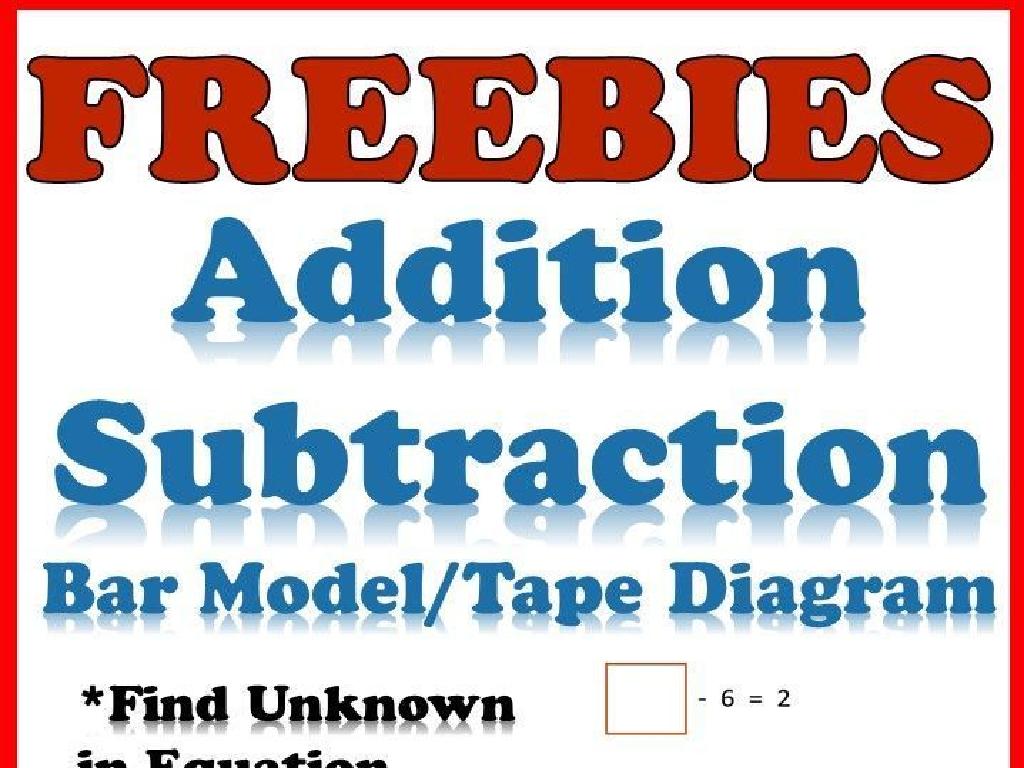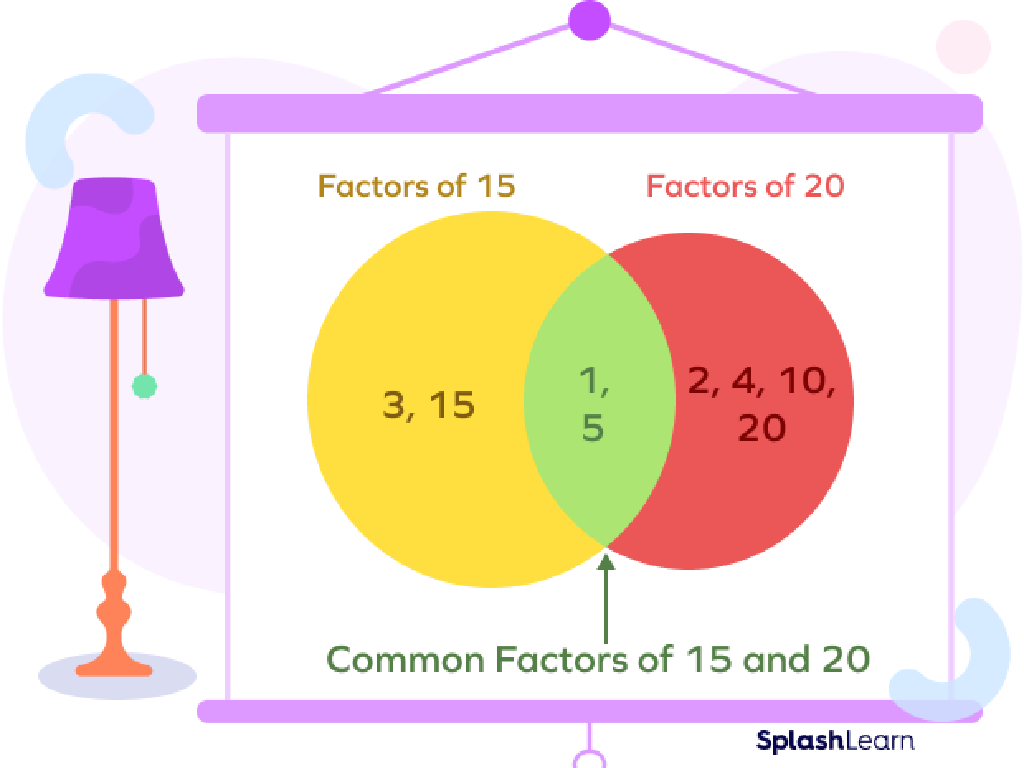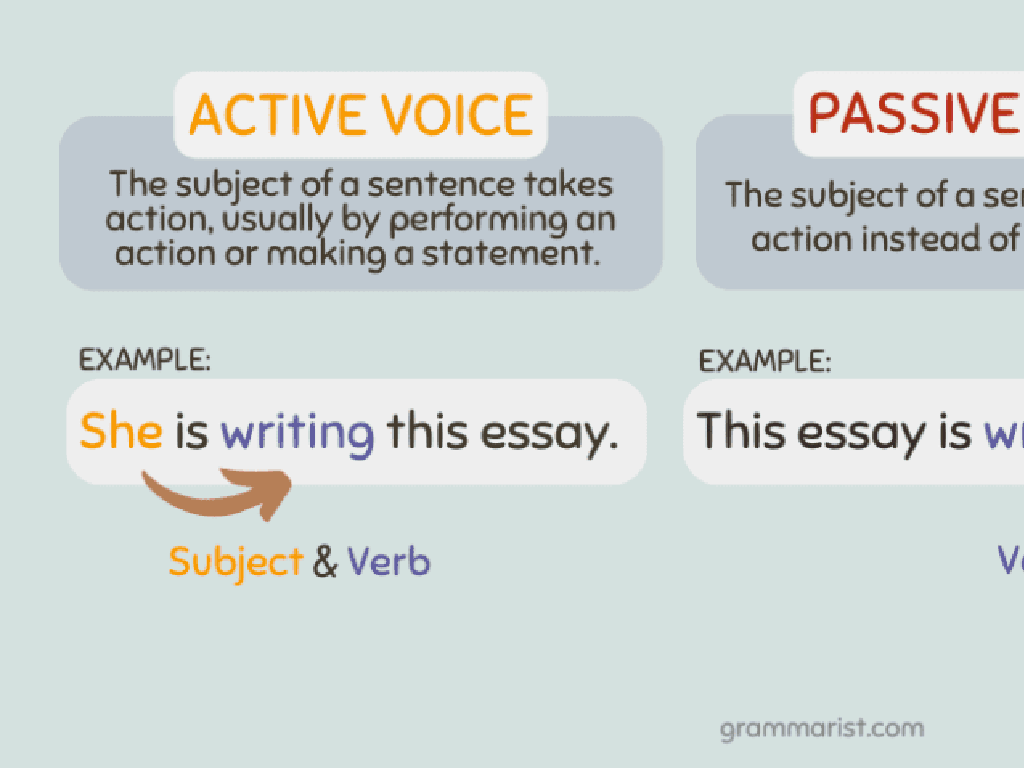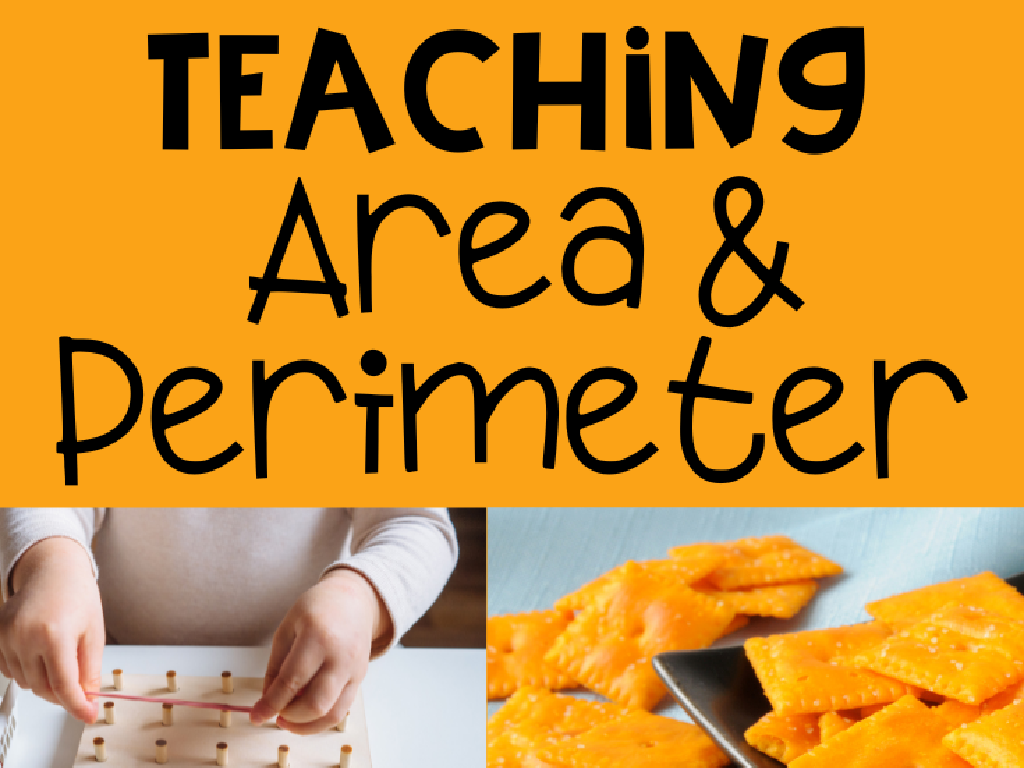Choose The Antonym
Subject: Language arts
Grade: Sixth grade
Topic: Synonyms And Antonyms
Please LOG IN to download the presentation. Access is available to registered users only.
View More Content
Exploring Antonyms in Language Arts
– Synonyms vs. Antonyms
– Synonyms are words with similar meanings, while antonyms are opposites.
– Recap: Synonyms meaning
– Synonyms are words that mean the same thing, like ‘big’ and ‘large’.
– Today’s focus: What are Antonyms?
– Antonyms are words with opposite meanings, such as ‘hot’ and ‘cold’.
– Antonyms: Using opposites
– Understanding antonyms helps us express clear contrasts in language.
|
This slide introduces students to the concept of antonyms, contrasting them with synonyms which were previously covered. Begin by revisiting the definition of synonyms to refresh the students’ memory. Then, shift the focus to antonyms, explaining that they are words with opposite meanings. Provide clear examples to illustrate the concept. Emphasize the importance of antonyms in language to express contrast and enhance writing. Encourage students to think of antonyms for common words and consider how their usage can change the tone or meaning of a sentence.
Understanding Antonyms
– Define antonyms
– Words with opposite meanings, e.g., hot – cold
– Examples of antonyms
– Fast – slow, happy – sad, light – dark
– Significance of antonyms
– Enhance vocabulary, improve language skills
– Class activity: Find antonyms
– Look for antonyms in your favorite book
|
Antonyms are words with opposite meanings and are crucial for students to understand as they greatly expand their vocabulary and enhance their ability to express themselves with clarity. By learning antonyms, students can more accurately describe their feelings, actions, and surroundings. Provide examples of common antonyms to illustrate the concept. Encourage students to think of additional examples and use them in sentences. For the class activity, ask students to find antonyms in a book they enjoy and share them with the class. This will help them apply their understanding in a practical context and see the relevance of antonyms in literature and daily communication.
Identifying Antonyms
– Finding word opposites
– Look for words with meanings that are opposite to the given word.
– Using context for antonyms
– Read around the word to guess its opposite meaning.
– Practice with sentence examples
– We’ll identify antonyms in provided sentences as a class activity.
– Antonyms enhance vocabulary
|
This slide introduces the concept of antonyms to the students. Start by explaining that an antonym is a word that has the opposite meaning of another word. Teach students how to use context clues in a sentence to determine the antonym of a given word. Context clues can include contrasting conjunctions like ‘but’ or ‘however’. For practice, provide sentences with highlighted words and ask students to find the antonyms. This exercise will help students understand how antonyms can be used to clearly express contrasting ideas and will enhance their vocabulary. Encourage students to think of antonyms for common words and share them with the class.
Antonyms in Literature
– Antonyms enhance stories
– Opposite words add depth to narratives
– They create contrast in writing
– Antonyms help highlight differences between characters or situations
– Examples from well-known books
– ‘Harry Potter’: brave vs. cowardly, ‘Charlotte’s Web’: friend vs. enemy
|
This slide aims to teach students about the importance of antonyms in literature. Antonyms are words with opposite meanings that authors use to add complexity to their stories and to help readers understand characters, settings, and emotions more deeply. By creating contrasts, writers can make their writing more engaging and vivid. Use examples from popular books that the students may be familiar with, such as ‘Harry Potter’ or ‘Charlotte’s Web’, to illustrate how antonyms work in practice. Discuss how the use of antonyms can influence the reader’s perception and add to the storytelling. Encourage students to think of their own examples of antonyms from books they’ve read.
Choose the Antonym Game
– Test your knowledge with a game
– I’ll say a word, find its antonym
– Antonyms are words with opposite meanings
– Are you ready to play?
– Let’s begin the antonym challenge!
|
This slide introduces an interactive classroom game to help students understand and practice antonyms. The game will involve the teacher saying a word out loud, and the students will then need to come up with the antonym of that word. Before starting, ensure that students grasp the concept of antonyms as words with opposite meanings. During the game, encourage participation by making it fun and engaging, possibly by offering small rewards for correct answers. Have a list of words prepared in advance, and be ready to provide hints if students struggle. This activity will reinforce their understanding of antonyms and provide a practical application of their vocabulary skills.
Class Activity: Antonym Pairs
– Team up with a classmate
– Get a list of words to work on
– Search for the antonyms
– Opposites like ‘hot’ and ‘cold’
– Design a poster with antonym pairs
– Be creative and colorful with your poster
|
This activity is designed to encourage collaboration and deepen students’ understanding of antonyms through a hands-on approach. Each pair will receive a list of words and will use dictionaries, thesauruses, or online resources to find the opposite meaning, or antonyms, for each. After identifying the antonyms, students will create a poster displaying their word pairs. This visual representation will help reinforce the concept of antonyms. Teachers should prepare a diverse list of words and ensure that each pair has access to the necessary resources. Possible variations of the activity could include using the antonym pairs in sentences, creating a story using the words, or even a classroom display of all the posters for ongoing learning.
Antonyms: Conclusion and Homework
– Congratulations on learning antonyms!
– Homework: 10 sentences with antonyms
– Find words that mean the opposite
– Use antonym pairs in each sentence
– Example: The ice cream was sweet, but the lemon was sour
– Share your sentences next class
|
This slide wraps up the lesson on antonyms and sets the stage for the students to apply what they’ve learned. The homework assignment is designed to reinforce their understanding by having them create sentences using antonym pairs. This will help them to think critically about word choice and how opposites can be used effectively in language. Encourage creativity and remind them that the goal is to demonstrate their grasp of antonyms in context. In the next class, students will have the opportunity to share their work, which will allow for peer learning and further discussion on the topic.





